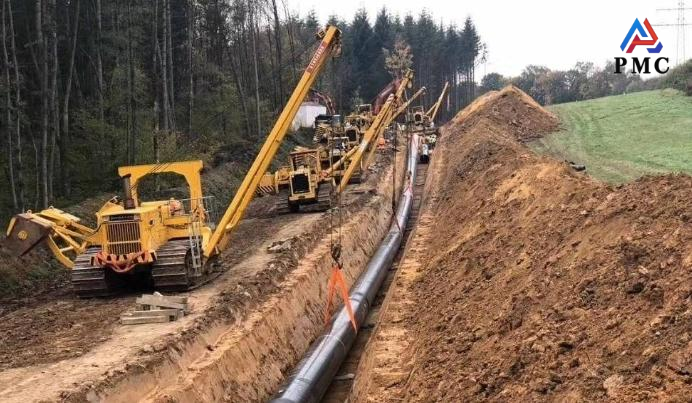
Advantages and Disadvantages of Pipeline Transportation
Pipeline transportation is developed along with the increase in oil and natural gas production. It is a transportation technology that uses gas to deliver gas, liquid and fluid. At present, it has become the main mode of transportation for onshore oil, gas and granular coal transportation. In recent years, seamless steel pipes are mainly used for pipelines conveying fluids and solid materials, and welded steel pipes are mostly used for gases. Pipelines have also made great progress in the transportation of granular coal and concentrate. Shipping petroleum products by pipeline is more expensive than by water, but still cheaper than by rail. Most pipelines are used by their owners to transport their own products.

First, the advantages:
(2) The pipeline can take shortcuts and the transportation distance is short;
(3) The transportation volume is large. A foreign coal pipe with a diameter of 720 mm can transport 20 million tons of coal a year, which is almost equivalent to the single-direction conveying capacity of a single-track railway;
(4) High environmental benefits and no harmful substances.
(5) The transportation project is small in quantity and covers a small area. Pipeline transportation only needs to lay pipelines and build pumping stations. The amount of earth and stone works is much smaller than that of railway construction. Moreover, most of the plain areas are buried underneath, and do not occupy farmland;
(6) The energy consumption is small, which is the lowest among various modes of transportation;
(7) Safe and reliable, no pollution, low cost;
(8) Closed transportation can be realized with less loss.
Second, the disadvantages:
(2) The distance between the pipeline transportation volume and the maximum transportation volume is small. Therefore, in the initial stage of oilfield development, when pipeline transportation is difficult, road, road, and land and water transportation should be used as a transition.
(3) Forever one-way transportation, poor maneuverability.
(4) Fixed investment is large.
Development trend of pipeline transportation:
1. Diversified media transportation:
In addition to traditional fluids and granular substances, pipeline transportation will also expand to other media, such as hydrogen, in the future.
2. Intelligence and digitization:
Pipeline transportation will be more intelligent and digitalized, achieving optimization and safety monitoring of pipeline operation.
3. Multi-network integration:
Pipeline transportation will be integrated with other energy pipelines such as electricity and natural gas to form a comprehensive energy system.
4. Underground logistics development:
Underground logistics pipelines will become an important part of urban logistics, improving urban transportation and the environment.
Read more: How does Pipeline Transport Work?


